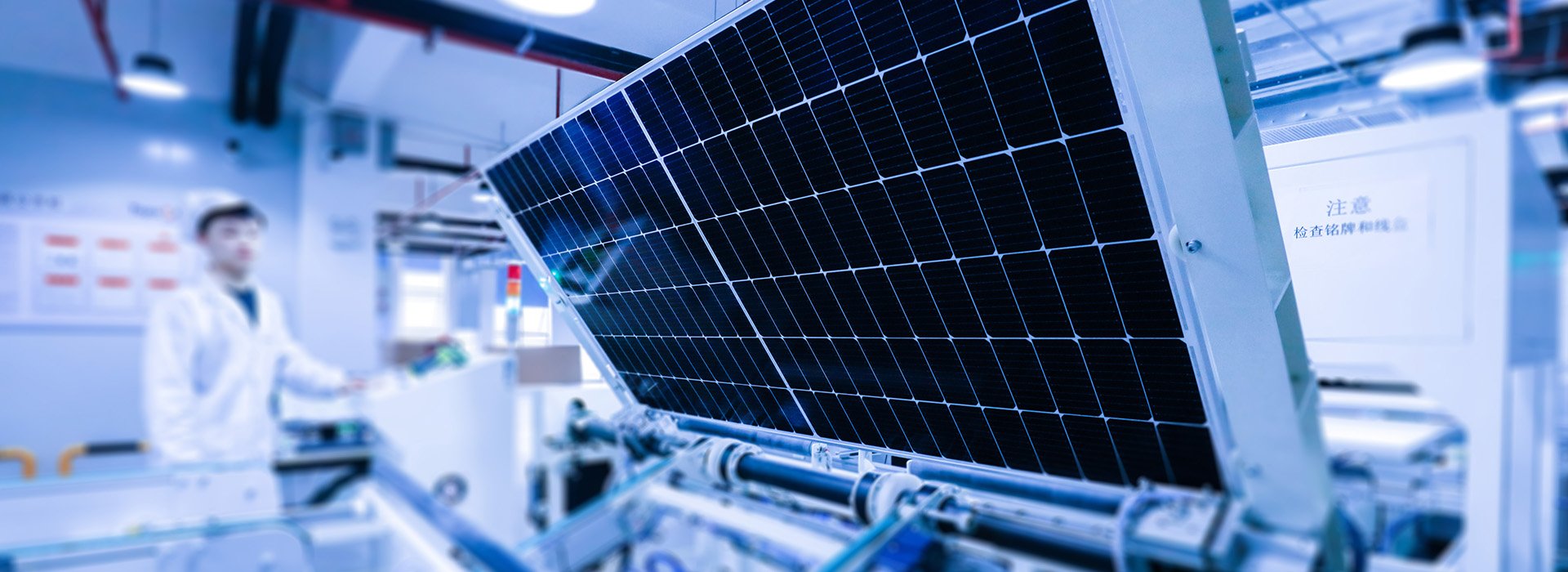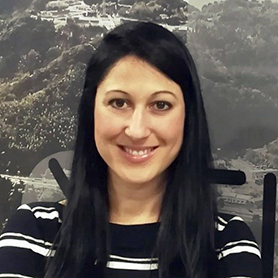Susana Fariñas: Strong Safety Culture is a Continuous Process
With a Master's in Occupational Risk Management, NEBOSH International General Certificate (OHS) and international HSSE project management experience, Susana Farinas explains how the actions and behaviour of managers can make or break a safety culture.


Susana Fariñas
HSSE Regional Manager, X-ELIO
Q.
What inspired your career path in safety and how do you think your experience to-date has influenced your current role?
On a personal level, health and safety has been very present in my life, as my father worked in the metal sector, machining, welding, coating. He was carrying out hazardous activities with little, or no health and safety measures. In a sector with high accident rates, it did make me question and consider what could be done to manage, eliminate or minimise the risk. After graduating with an Environmental Sciences degree, I worked as a HSSE intern, and quickly took on new challenges and responsibilities. Subsequently, I was promoted to a HSSE Specialist which involved managing international projects in different countries such as USA, Honduras, Japan, Chile and Peru. This really expanded my knowledge in multicultural and changing environments. I then became HSSE Regional Manager, which is a role that has made me realise that I can make a significant contribution to the health and safety of the people involved in projects, ensuring their physical and mental integrity from a more corporate perspective.
Q.
When talking about safety excellence, we often talk about changing mindsets. What role does good leadership play in this and how do you measure and celebrate progress?
There's no doubt that safety culture is significantly influenced by how workers perceive management's beliefs and values. The actions of a manager clearly demonstrate every day to every worker whether safety is a core value. If workers believe that management does not care about safety, you will never develop a strong safety culture. This is a continuous process and should be measured through the safe behavior of employees, contractors and subcontractors and KPIs, such as the number of high-risk incidents. The effort and commitment of all stakeholders should be rewarded. For example, if a specific contractor has a good performance in terms of health, safety, security and environment during the execution of a project obviously the likelihood to be contracted after its accomplishment will be higher.
"If workers believe that management does not care about safety, you will never develop a strong safety culture."
– Susana Fariñas, HSSE Regional Manager, X-ELIO
Q.
What impact did COVID-19 have on your role and how have you managed the psychosocial risks such as mental health issues?
The pandemic not only impacted individual freedoms, but also the whole of working society. We are absolutely having to focus on ensuring effective management of psychosocial risks and, to this end, workers and their representatives must feel included and involved in processes and procedures. They must be actively involved in identifying hazards and collaborate in the formulation and implementation of preventative and control measures, in order to manage and take action against new risks that may emerge. Health and safety has taken such a central role in overseeing all measures and it has been necessary to establish protocols that include the steps to be followed to ensure a safe and healthy return to work. Therefore, it has been necessary to review risk assessments to consistently integrate new measures to ensure safe and healthy working conditions in a modified work context where new challenges such as teleworking, online training and information for workers are opening up. I think that we will have to continue reviewing practices until there are effective treatments against COVID-19.
"New technologies are increasingly beneficial to building a safe and healthy working future by reducing the number of accidents, especially high-risk ones."
– Susana Fariñas, HSSE Regional Manager, X-ELIO
Q.
How do innovation and technological changes help you to manage risks?
We are living in a time whereby the environment is changing so often and our ability to adapt is essential. In the workplace, this means that we also must adapt to new risks as they arise. New technologies are increasingly beneficial to building a safe and healthy working future by reducing the number of accidents, especially high-risk ones. We know that a helmet, gloves, or safety footwear are key pieces of equipment on a construction site, but they are now not the only safety equipment at our disposal and are being combined with technical devices that are tailored to specific activities and risks. For example, we know that the construction sector has one of the highest occupational accident rates, due to the loss of alertness in complex operations or jobs and “nodding off” while driving machinery or vehicles. In the future it will probably be common practice for construction workers to wear helmets that also measure the level of concentration of workers by using brainwave sensors and a wireless communication system that transmits alerts in the event of microsleeps to various mobile devices and alerts the user by means of sounds and vibrations. I think we are only just touching the surface of what is possible.
Q.
What would you say are the three best practices to focus on when building a safety programme?
A good starting point has to be a detailed health and safety policy that includes commitments to provide safe and healthy working conditions. This should also include a process of continuous improvement that progressively optimises safety levels, in order to eliminate or reduce high-risk incidents or diseases associated with the activities carried out in the different jobs. Effective communication of responsibilities is a key area to focus on. The management of occupational health and safety is the responsibility of the entire organisation, but whilst it's a joint task between management and workers, it is vital that workers know what their responsibilities are, have the correct resources to action them and have been given the authority to use them. Finally, I think training is a core element and should include training on the policy, procedures and operation of the organisation's risk management system, as well as training to ensure people perform their job safely.
"Training is a core element and should include training on the policy, procedures and operation of the organisation's risk management system, as well as training to ensure people perform their job safely."
– Susana Fariñas, HSSE Regional Manager, X-ELIO
Q.
What would be your key message to other women looking to progress in health and safety roles?
I would absolutely encourage women to take action to improve the preventive culture of their organisation. It's an incredibly rewarding career choice. I would say some of the core skills needed are to lead by example, encourage communication, maintain constant supervision, as well as continuous learning and training. The work is hard, long and grueling, but the rewards are worth it.